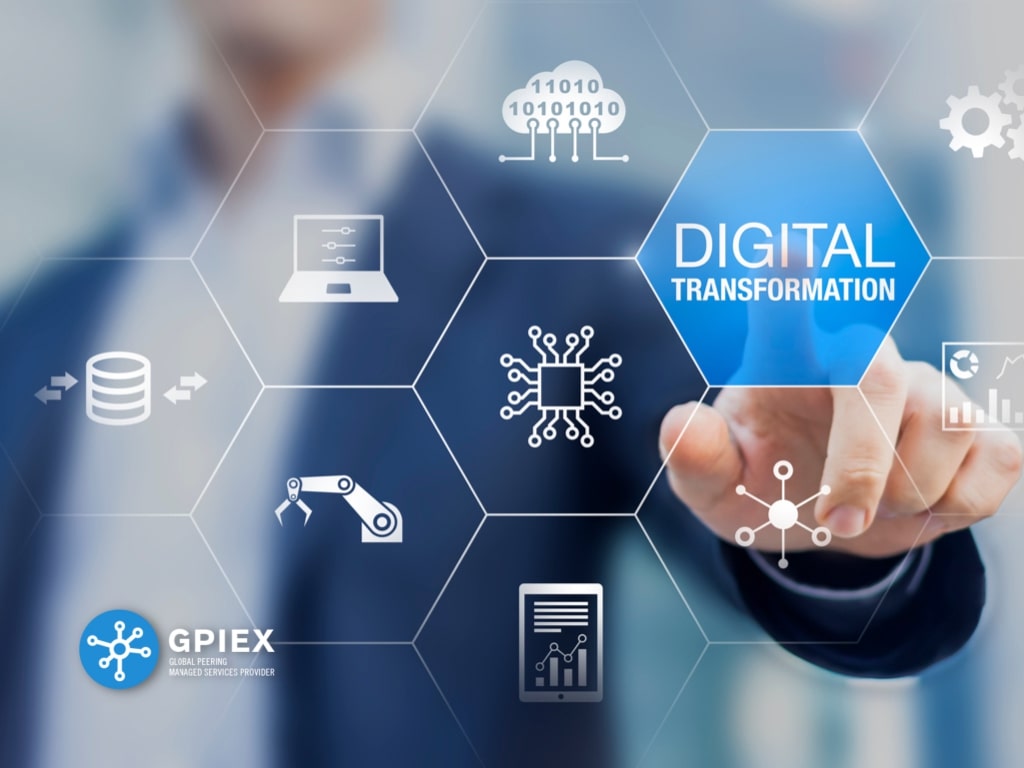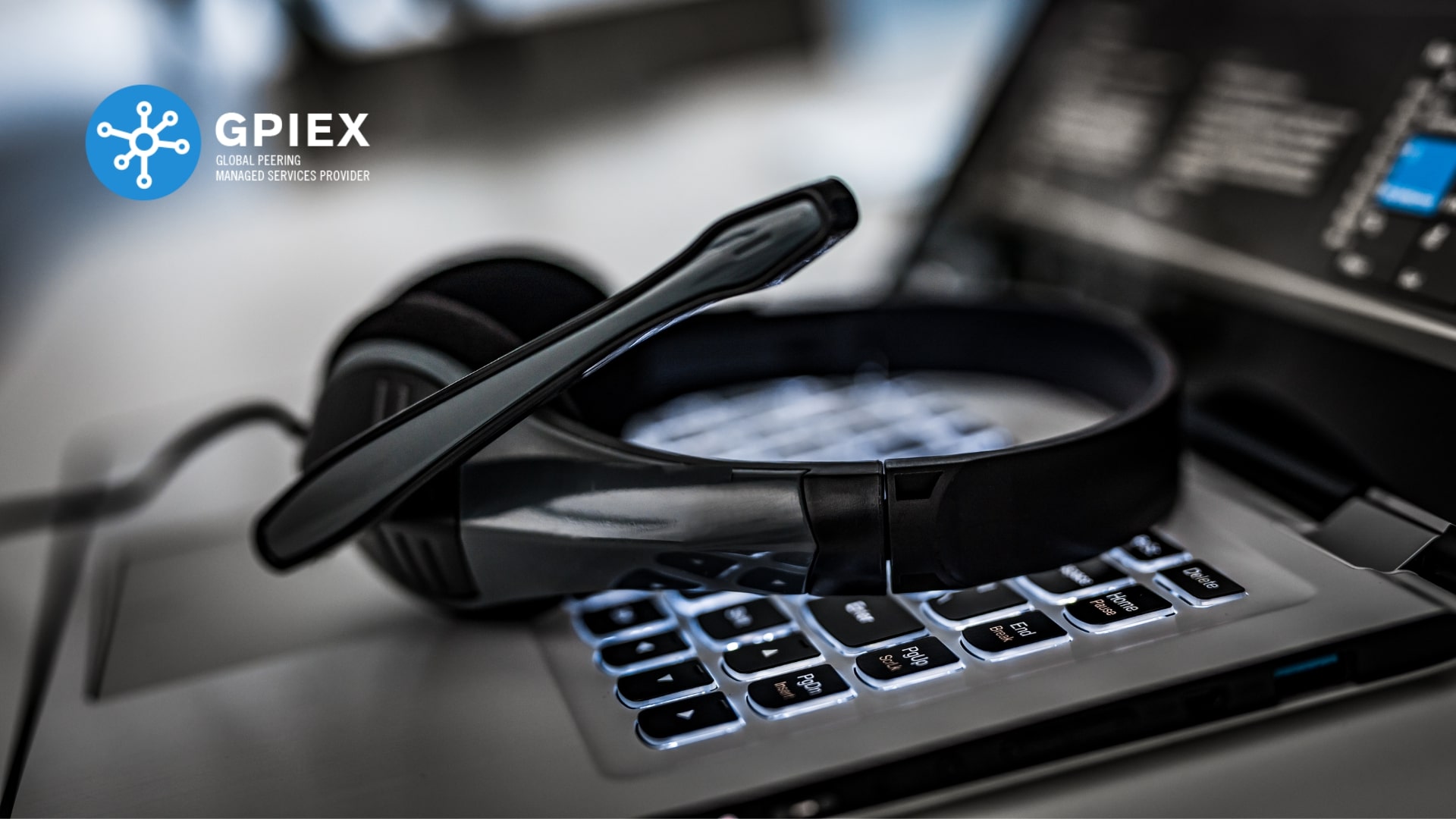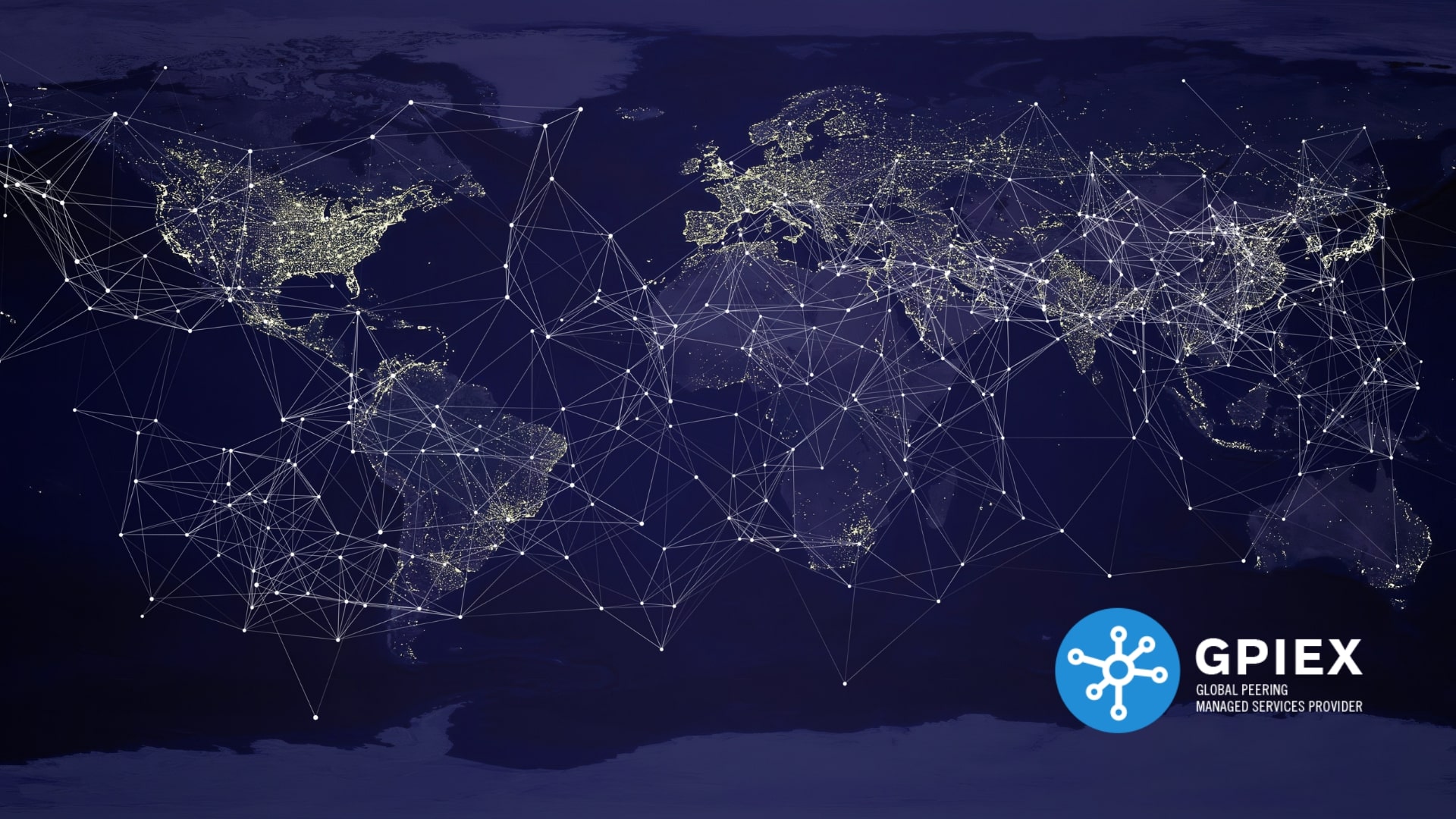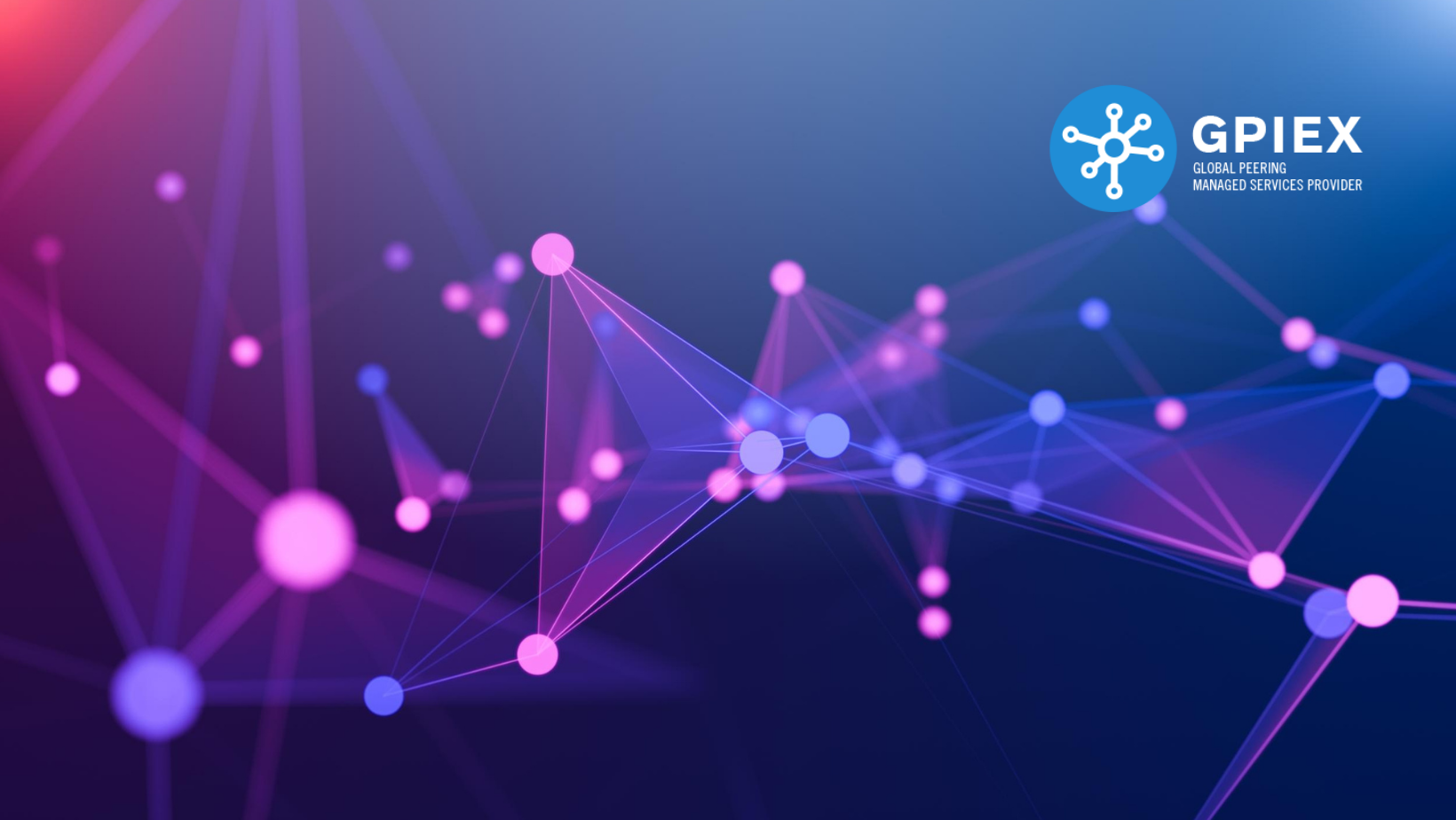IoT technologies are rapidly emerging as one of the most relevant and most important breakthroughs of mankind.
The internet is widely considered as the greatest invention known to man. Through it, we can connect over vast distances, over oceans and continents, with people and businesses. Even so, the internet is a platform, a stage where software (programs) and hardware (devices) connect to each other and exchange information. The Internet of Things (IoT) is a term that describes all physical objects that connect and transfer data to one another by using the internet. To do so, these devices need sensors, processors (computer brains), and software.
IoT started some 40 years ago as an initiative to connect modified distribution systems (such as vending machines) to a main server (a large processing and data storing computer). These vending machines would report their inventory, making it much easier for distributers to know when to refill them. The term IoT was first coined by Peter T. Lewis, who described it as, “The integration of people, processes and technology with connectable devices and sensors…”. Fast forward to the 2000’s (2022 to be exact) we realize IoT technologies and IoT-enabled devices have been integrated seamlessly into our lives.
By now, everyone has held a smartphone in their hands, and used it to surf the web (maybe to buy some shoes or hire a service provider). Not limited to cellphones, IoT technology is widely spread over computers, TVs, smart watches, refrigerators, security cameras, and more. All of them are connected to the internet, all them can (and do) connect to each other, all of them serve the purpose of making our lives easier. Some distribution companies can even provide the service of delivering your purchases by drone (small unmanned aircrafts) delivery. The procedure is simple, you login to their webpage, buy something, and they set your coordinates so that the drone can deliver your goods… all through the use of the internet.
Ultimately, the idea of IoT technologies is to build functional and accommodating smart homes; where people can control the temperature, music, lighting, and maintenance of their homes through a single device from the comfort of their couch. Such comforts have been around for many years, it’s just that until now they’ve become more accessible to the general public.
As a result of these vast amounts of connections happening between devices, peering services have emerged to allow better connectivity. Peering refers to the connection between devices directly through internet service providers, instead of going through the actual internet. These managed service providers offer an alternate route (a much faster and more stable one). Said in a different way, peering providers grant you access to the freeway of the internet, instead of using the highway (filled with traffic signals, pedestrian crosses, and traffic jams). By acquiring the service of a peering provider, you better the quality of life for yourself or your business.
Take advantage of IoT technologies; they have proven over the years as one of mankind’s finest breakthroughs.





